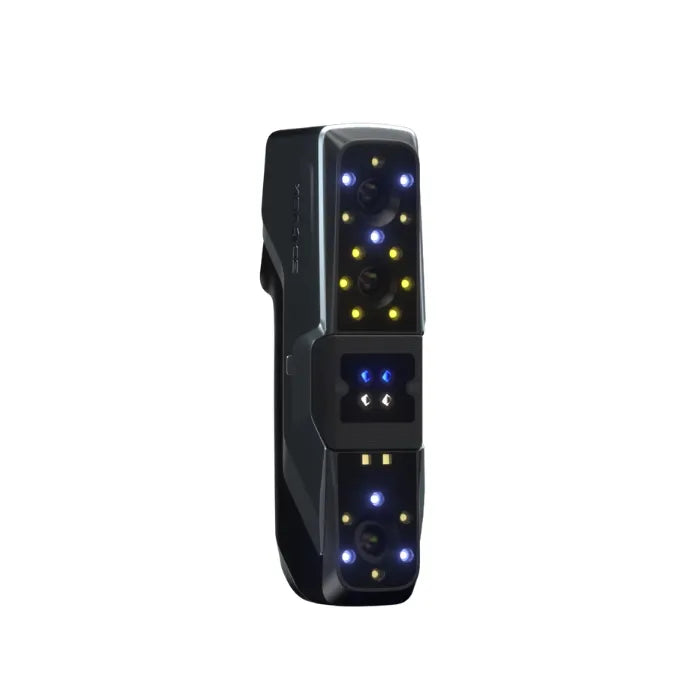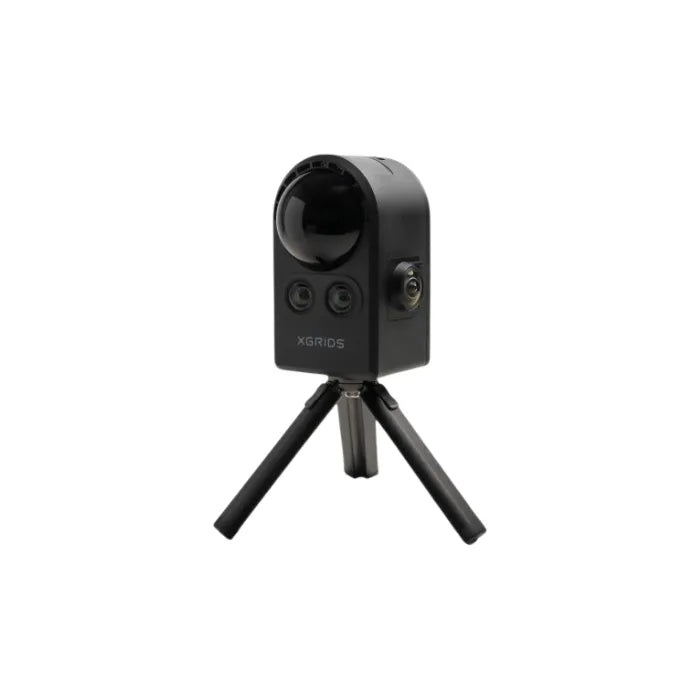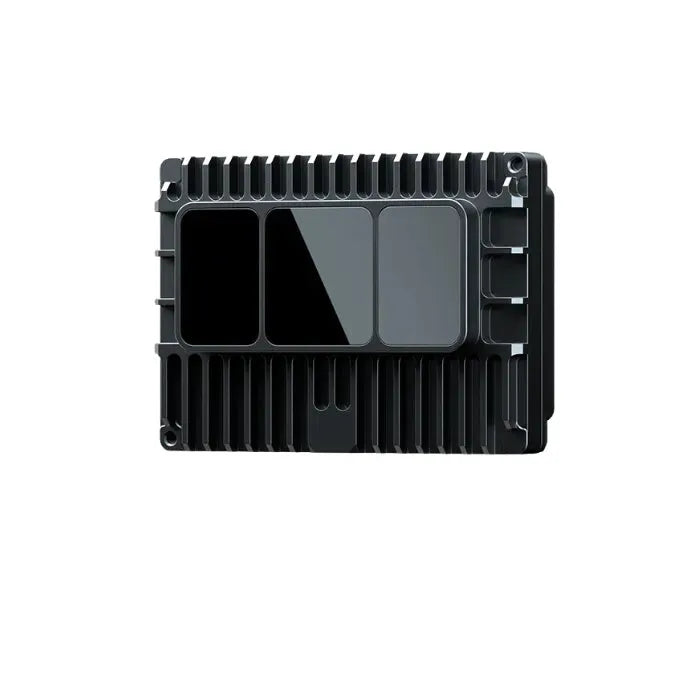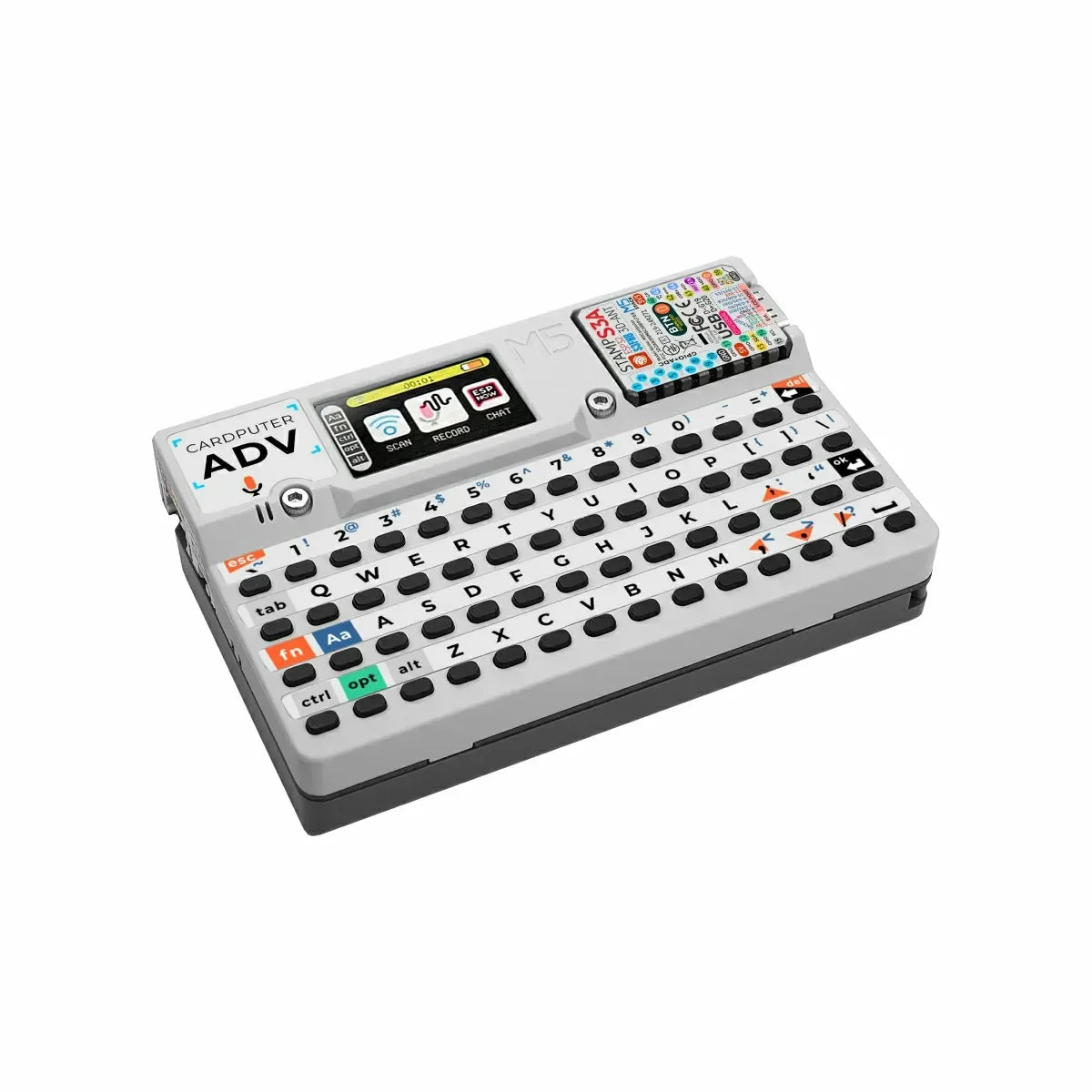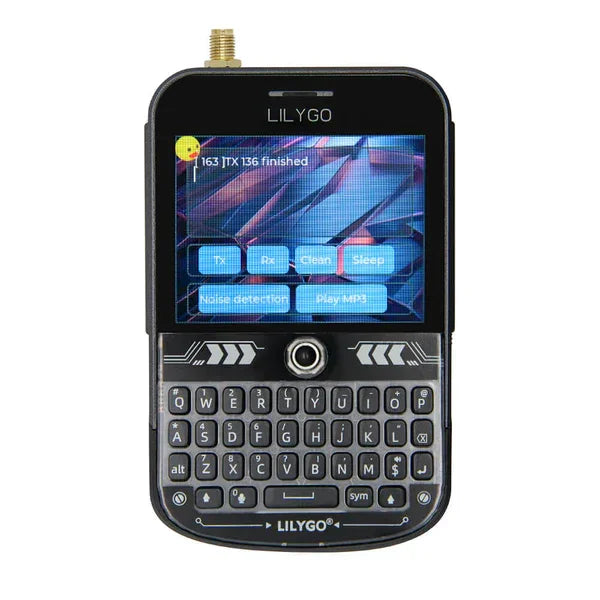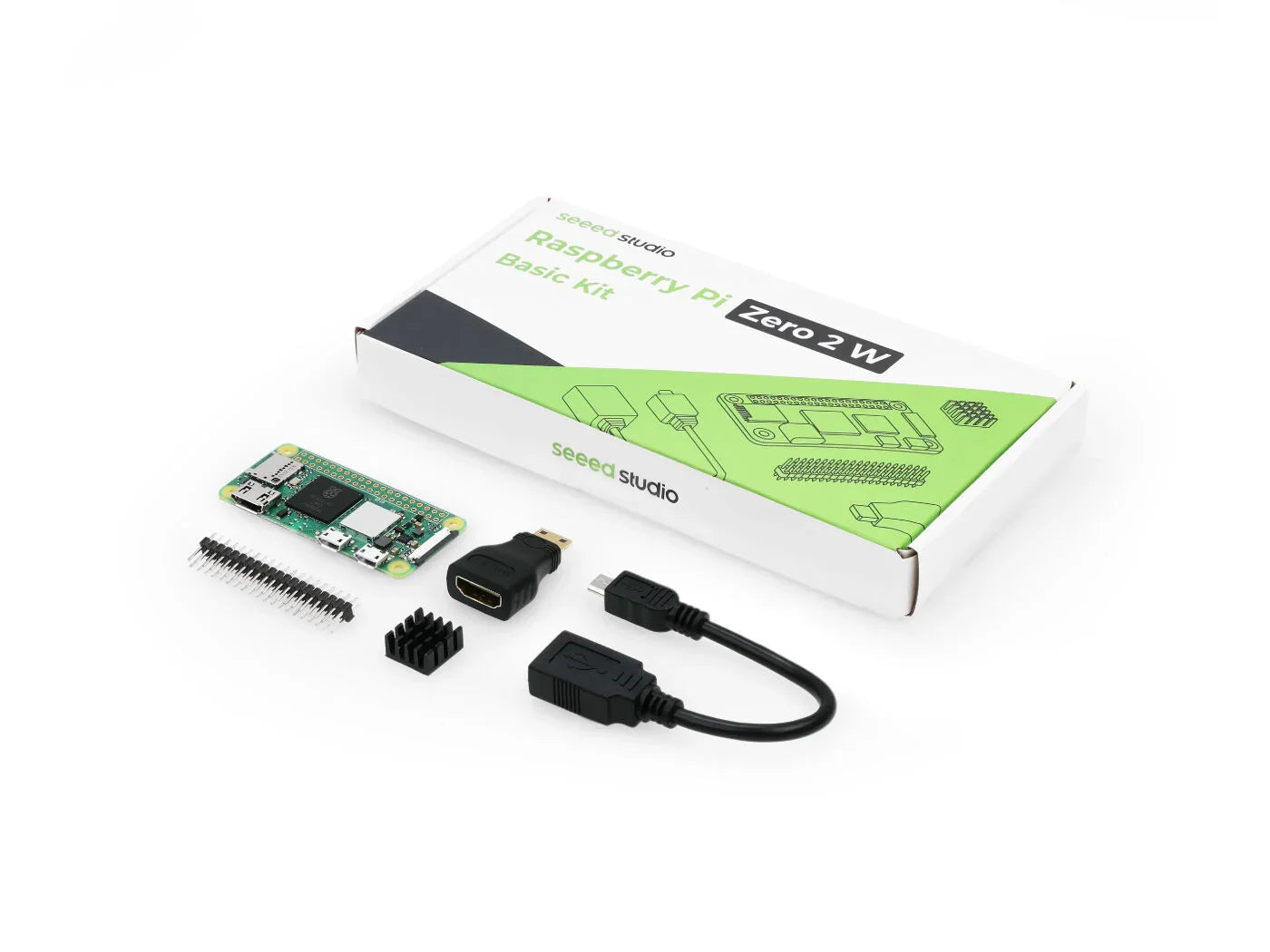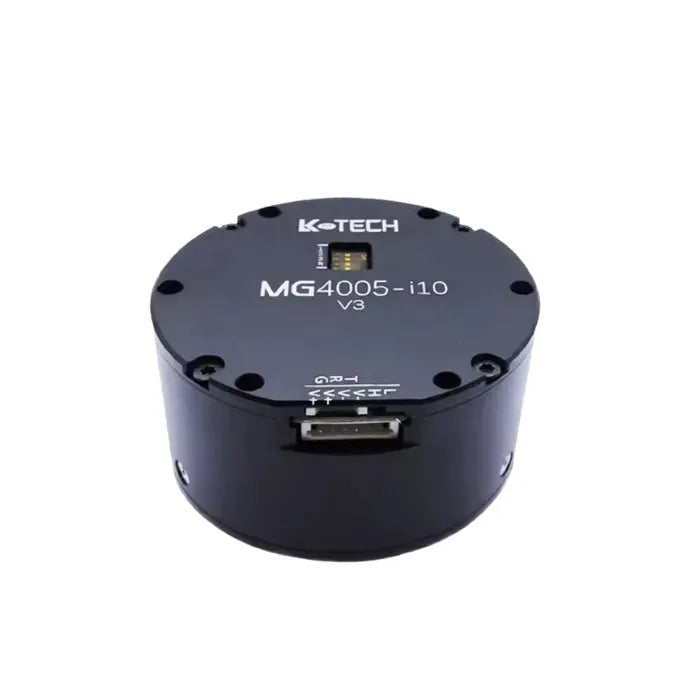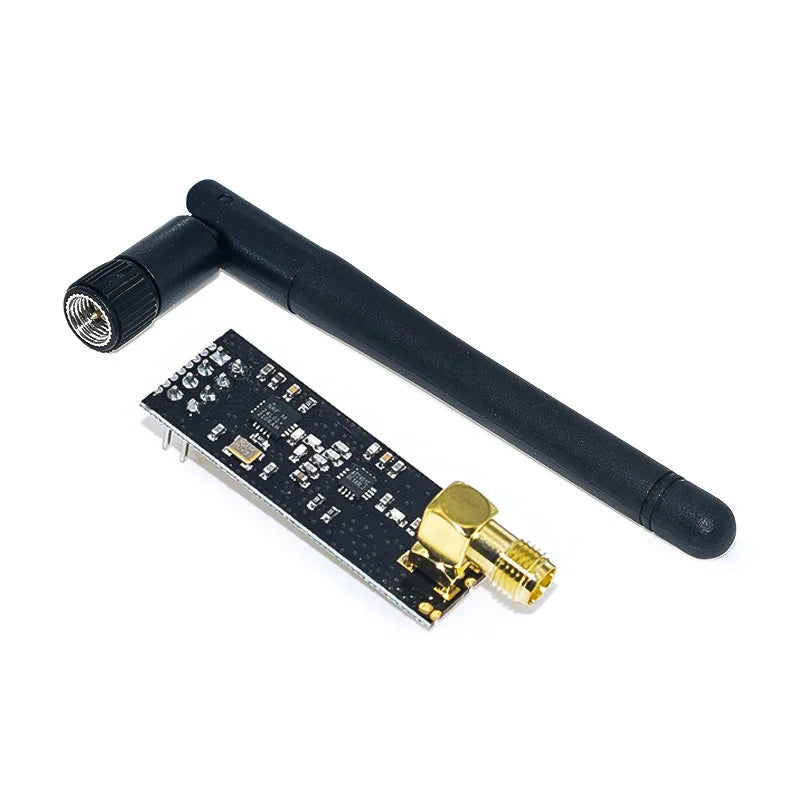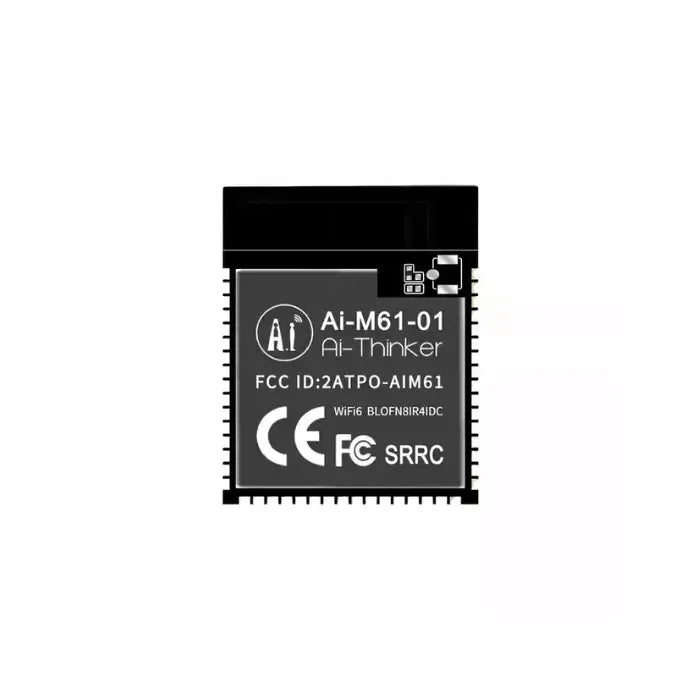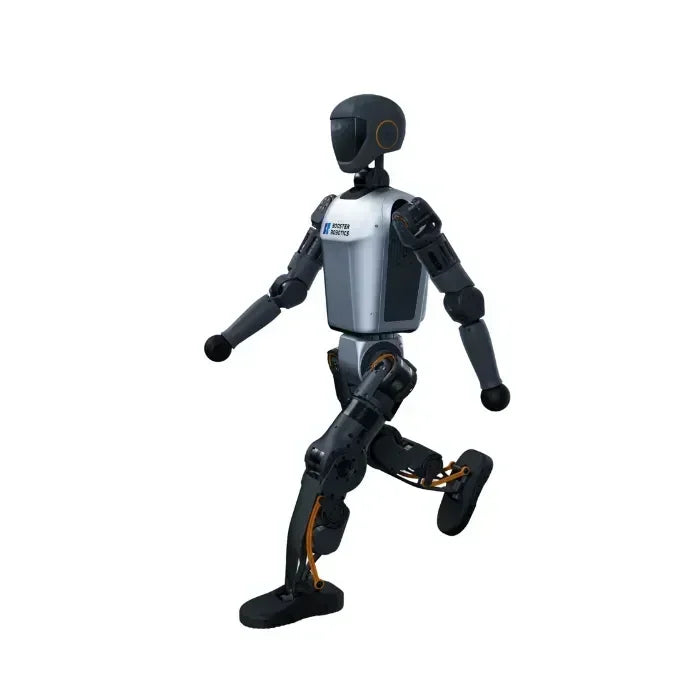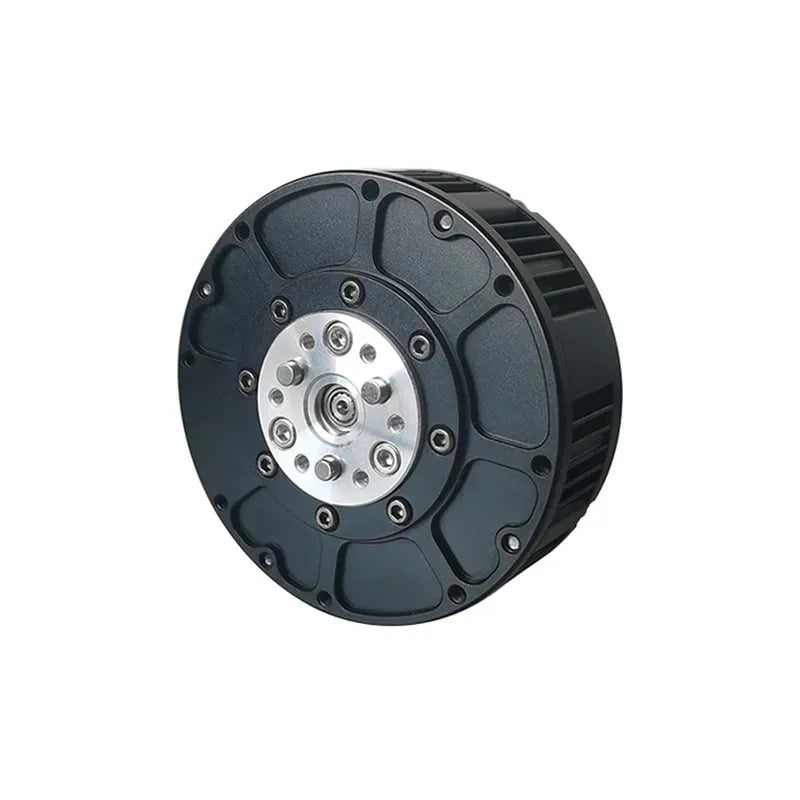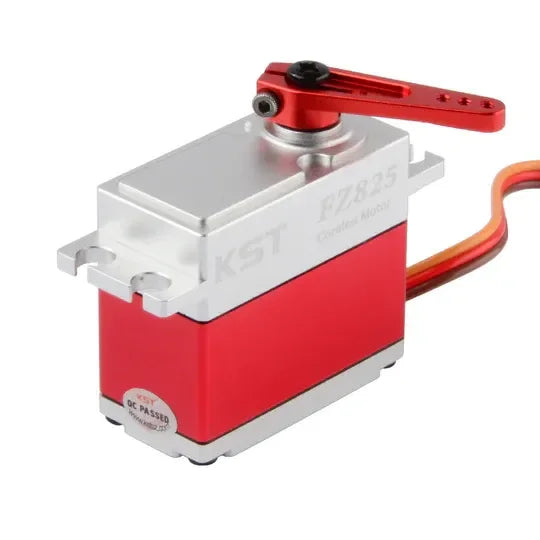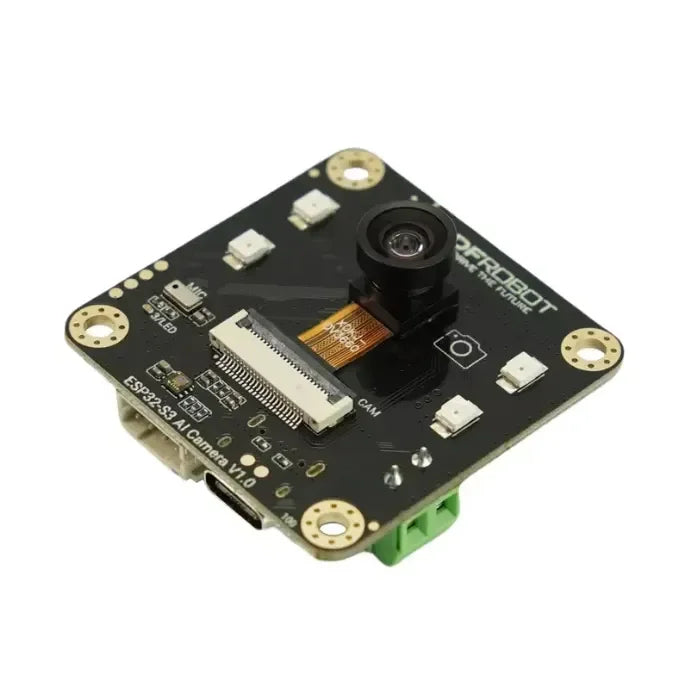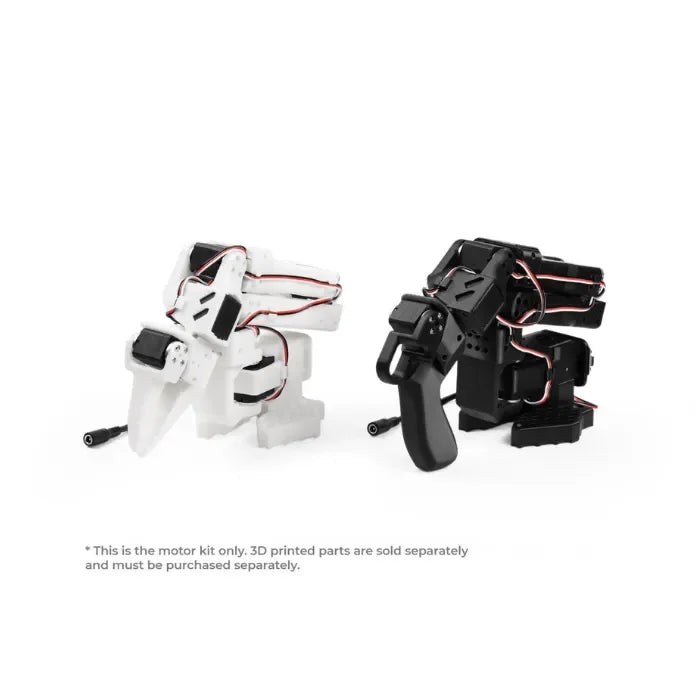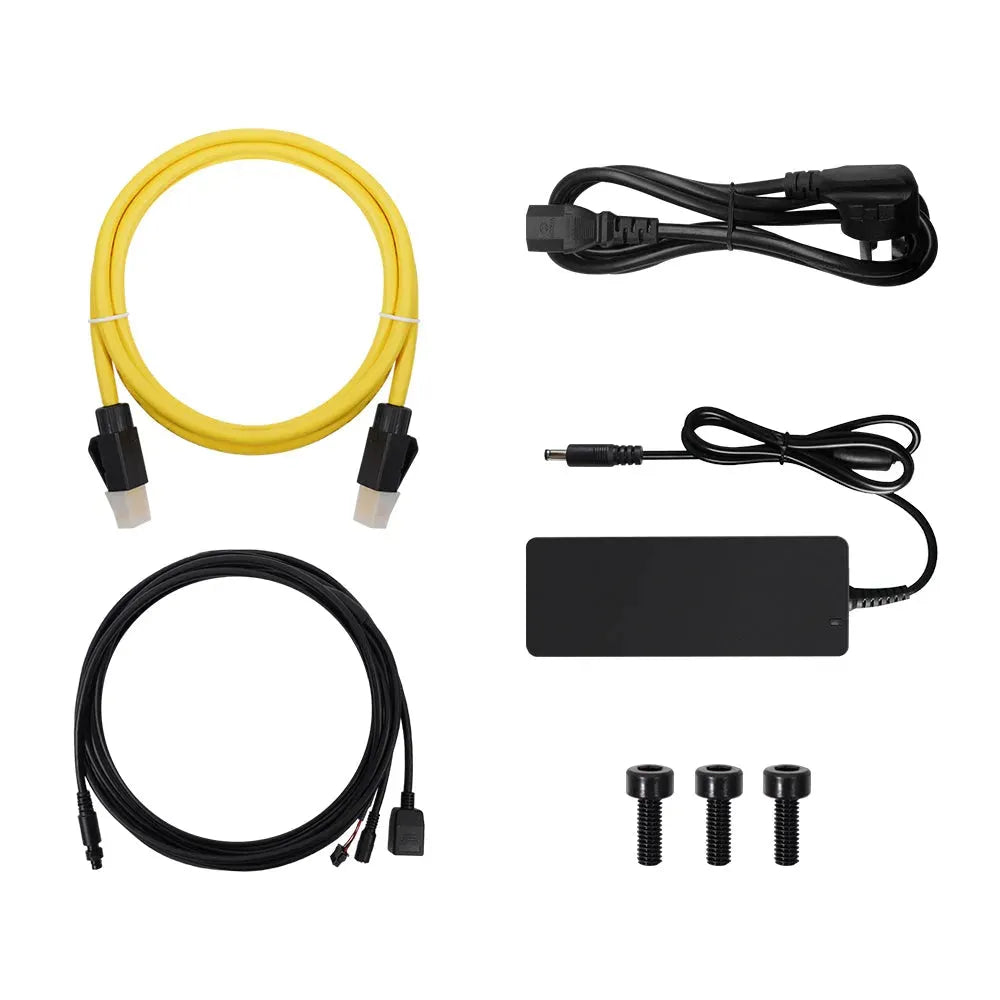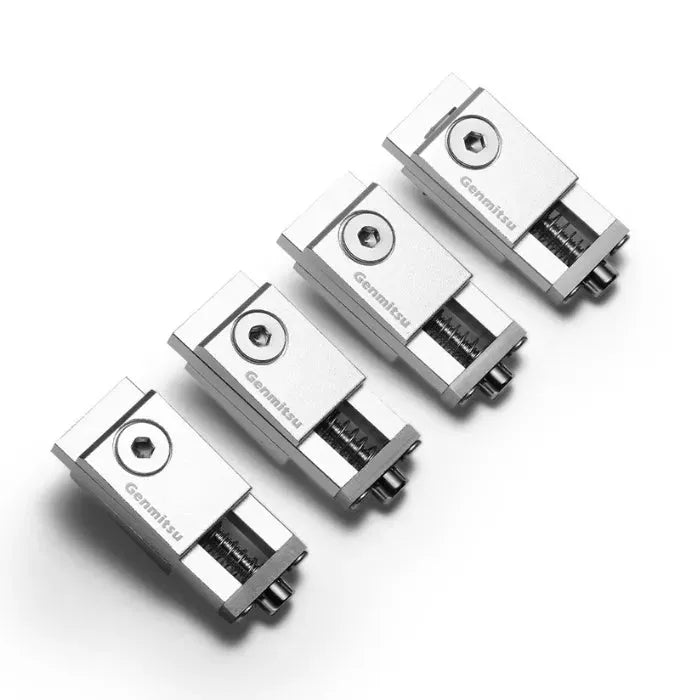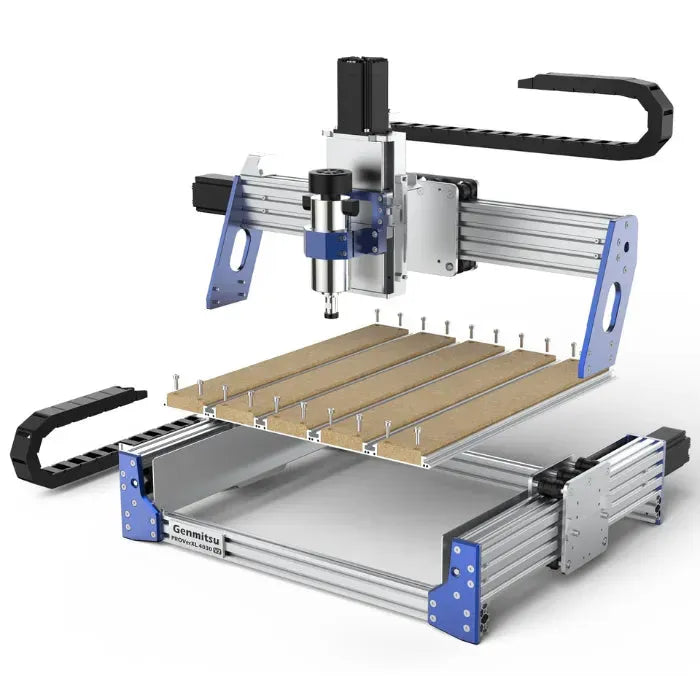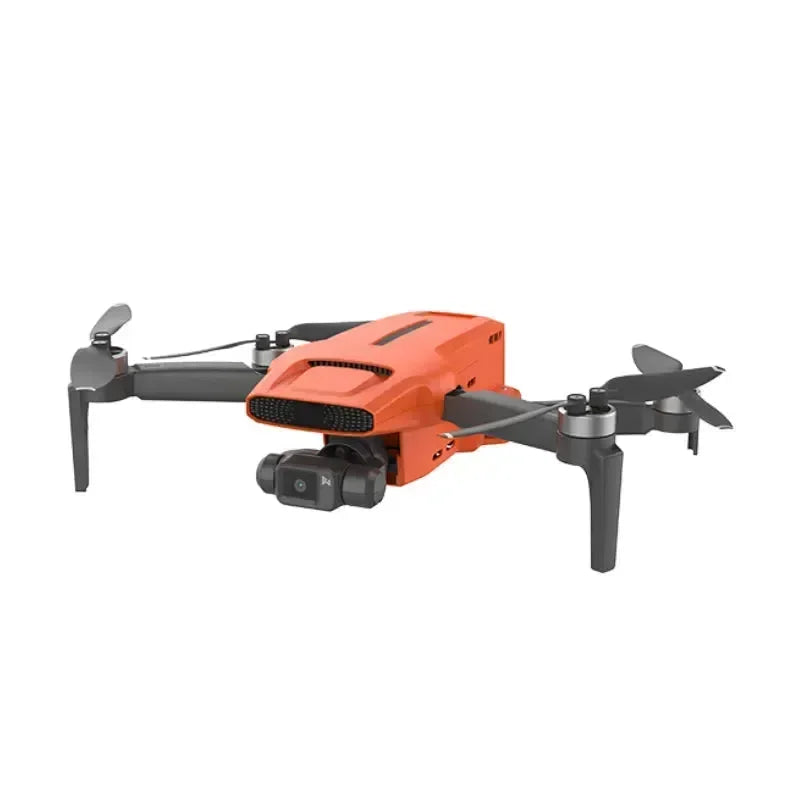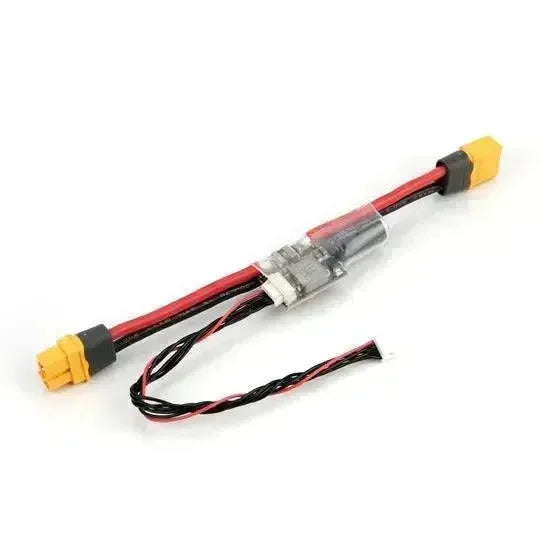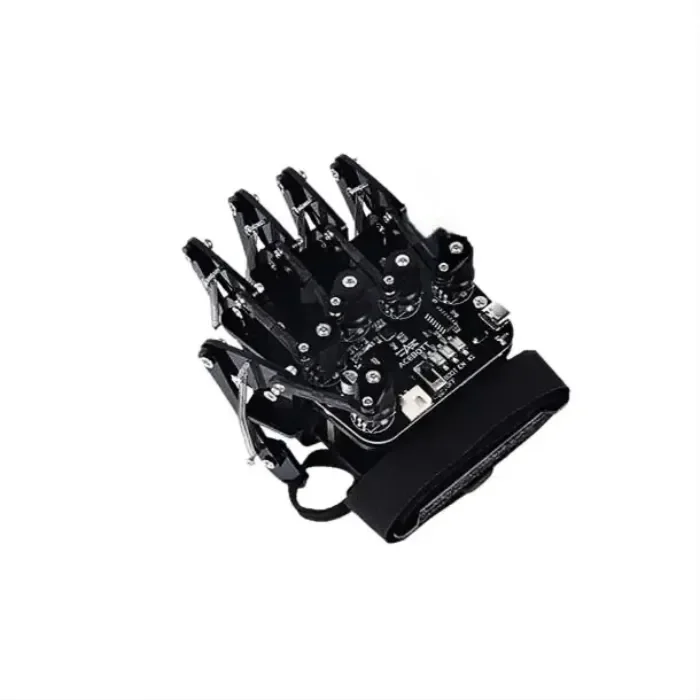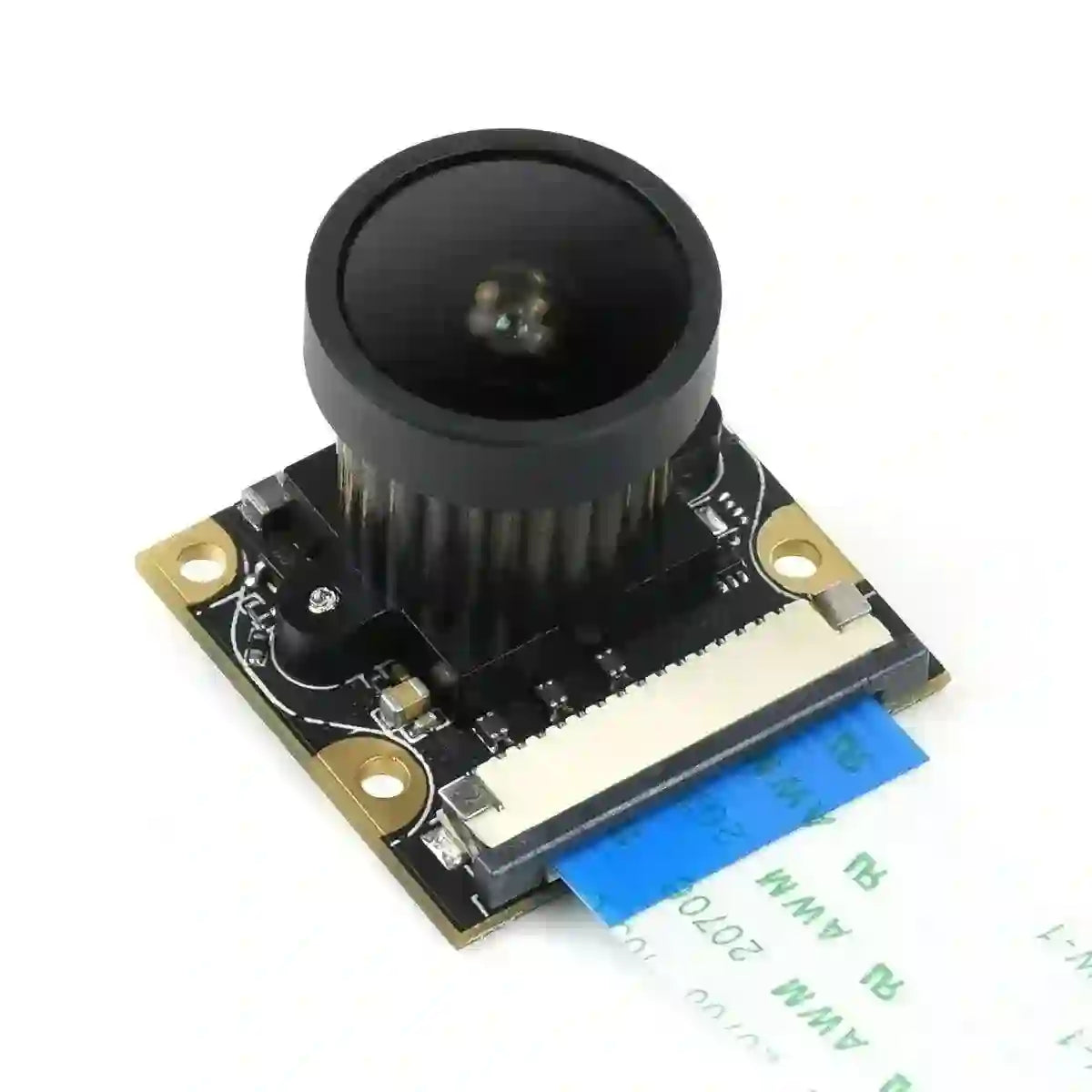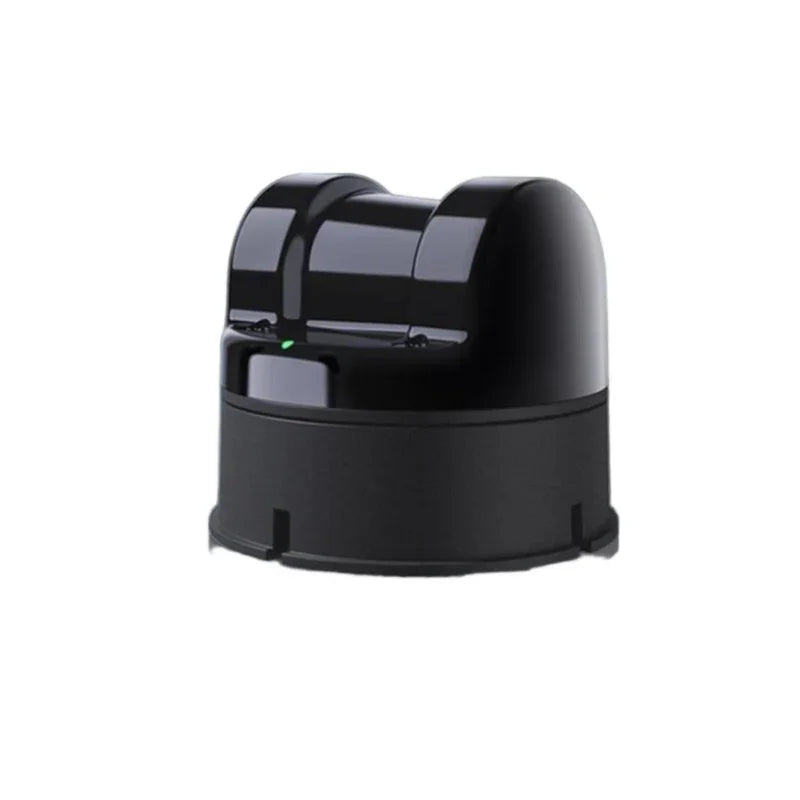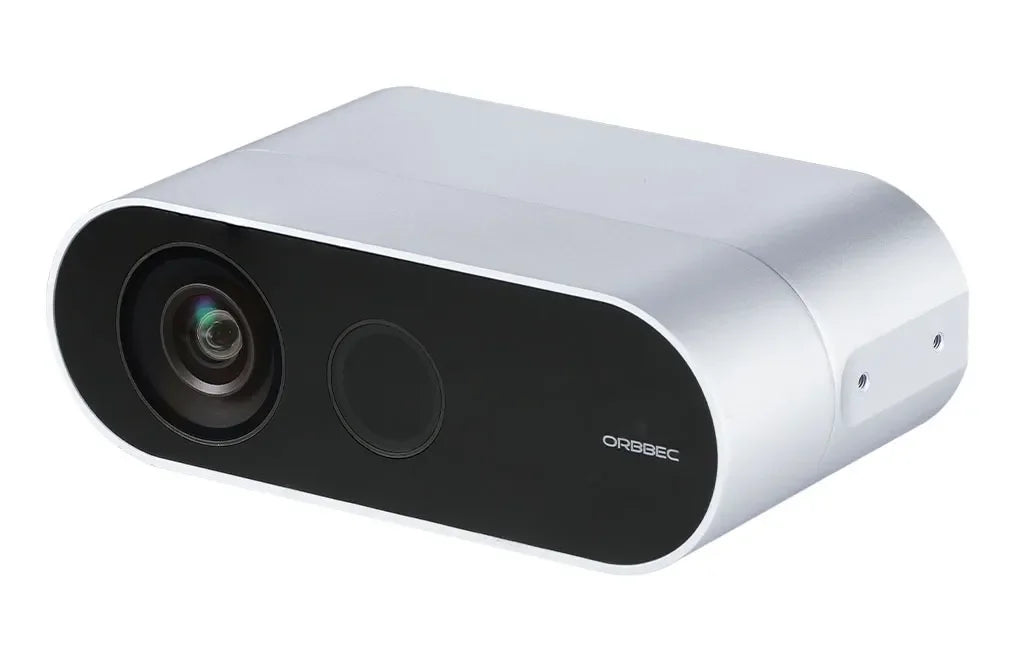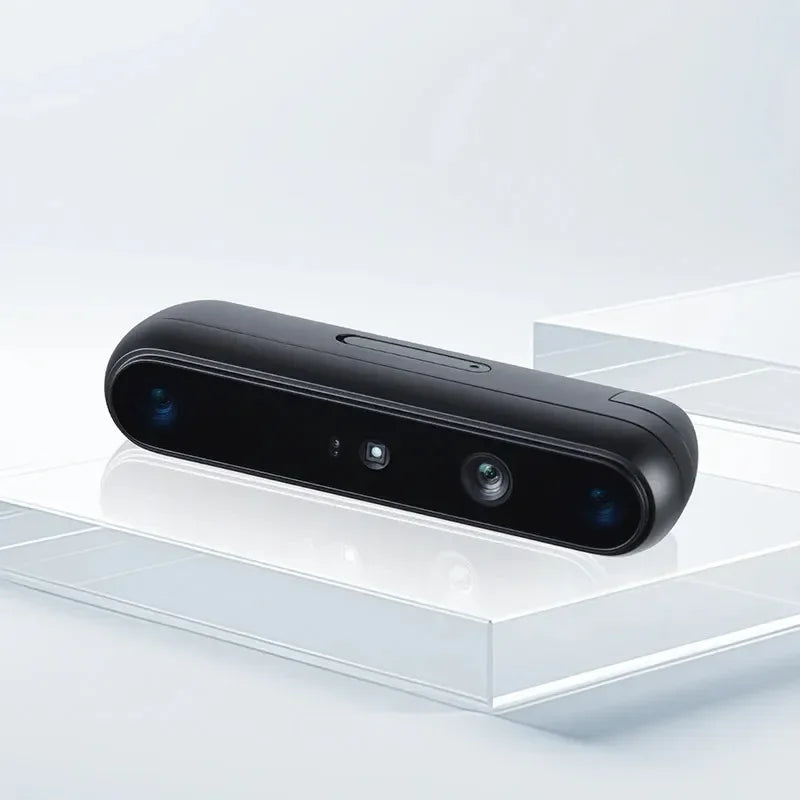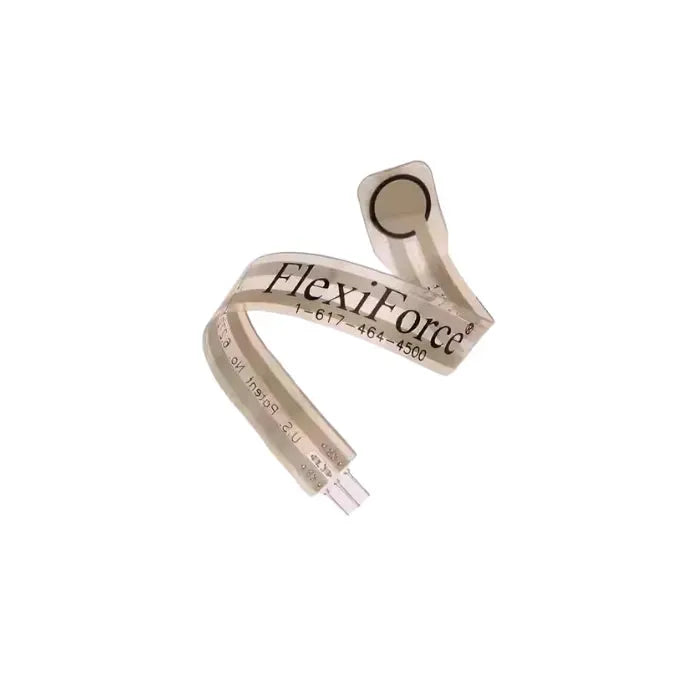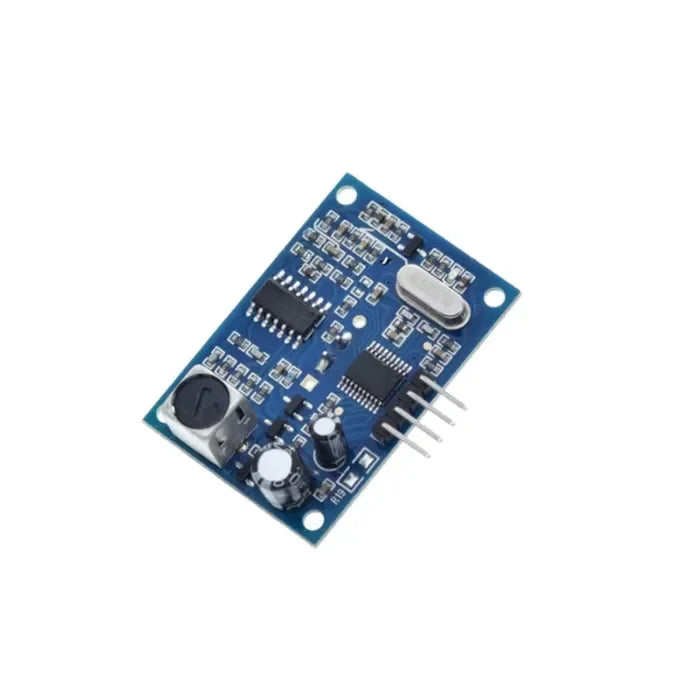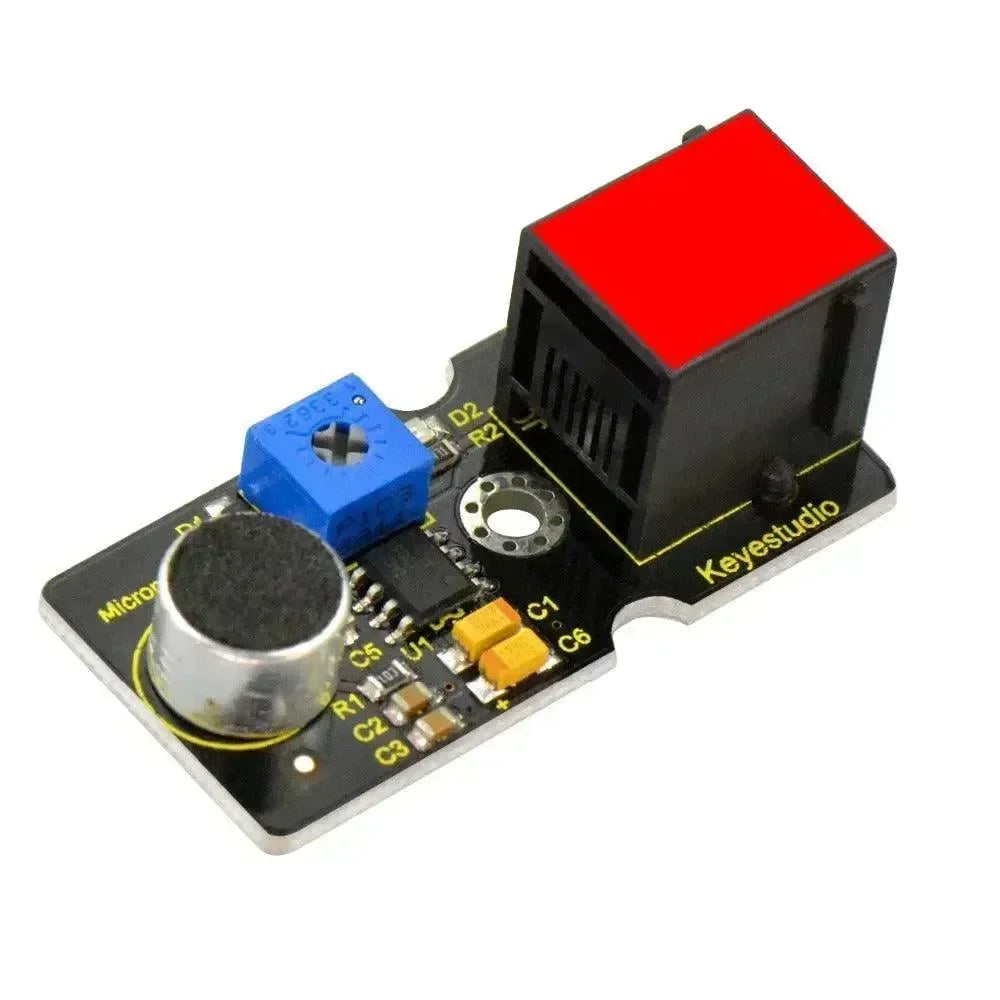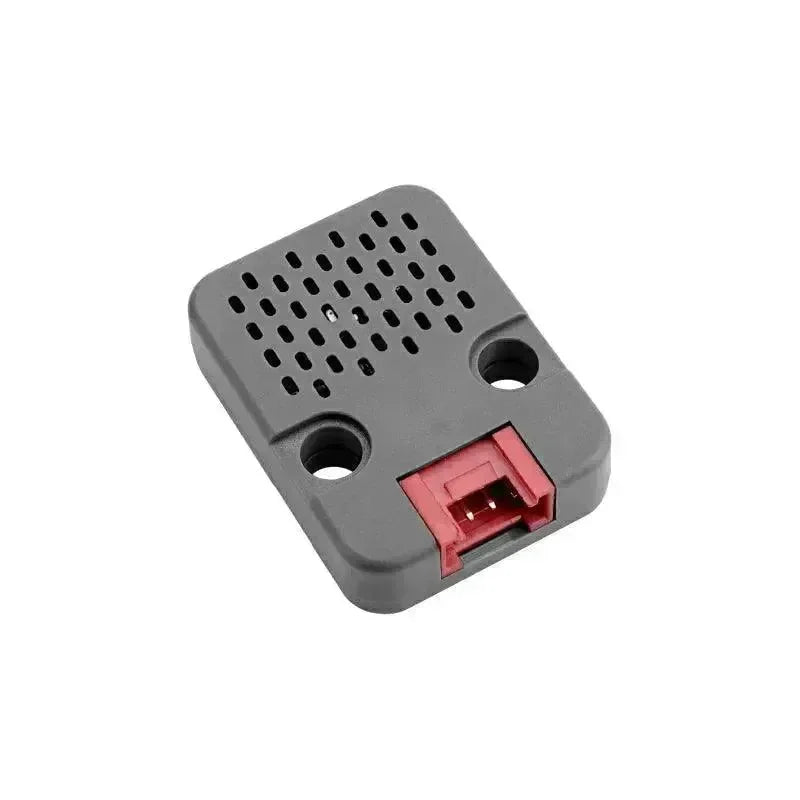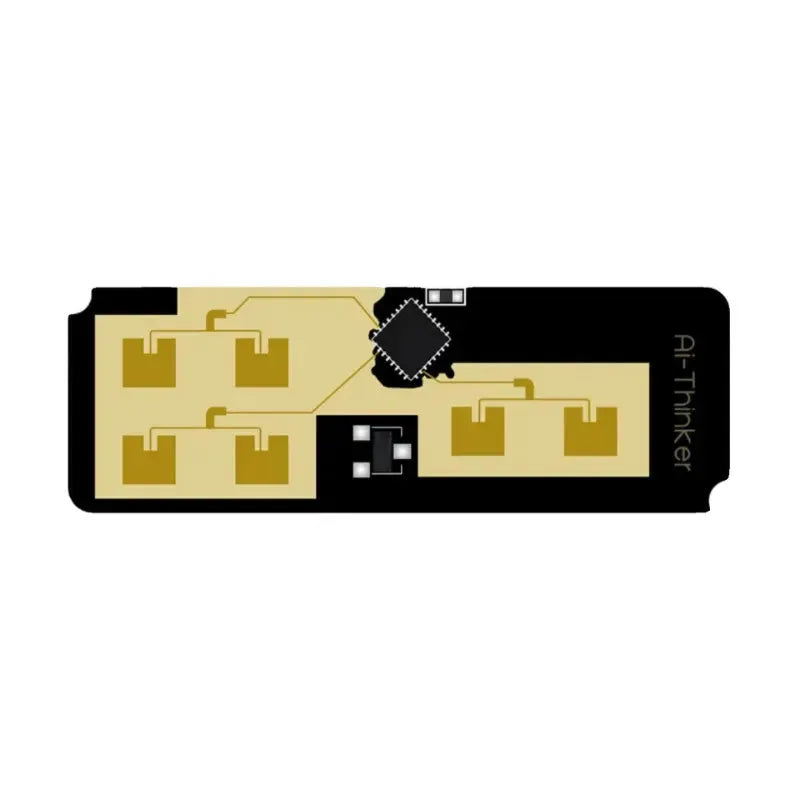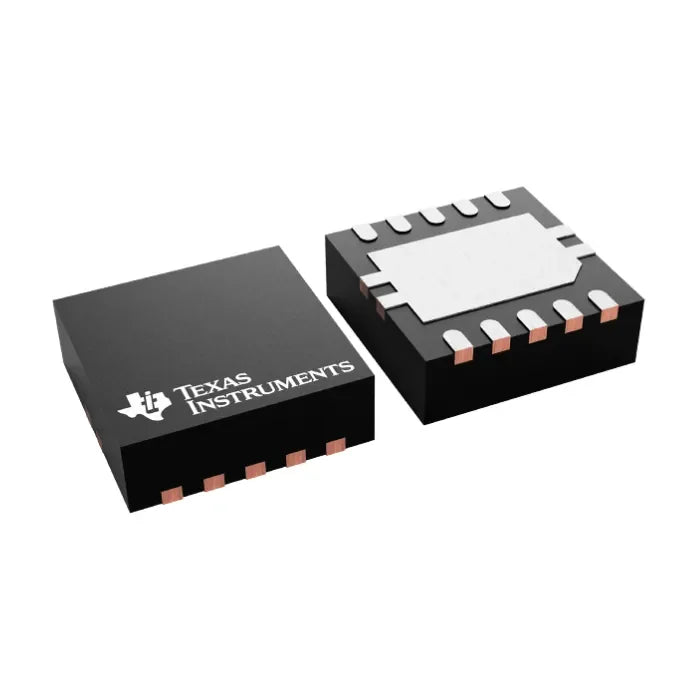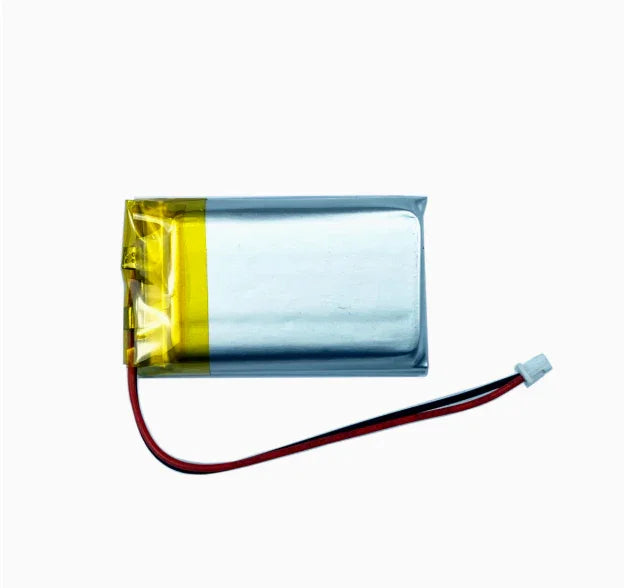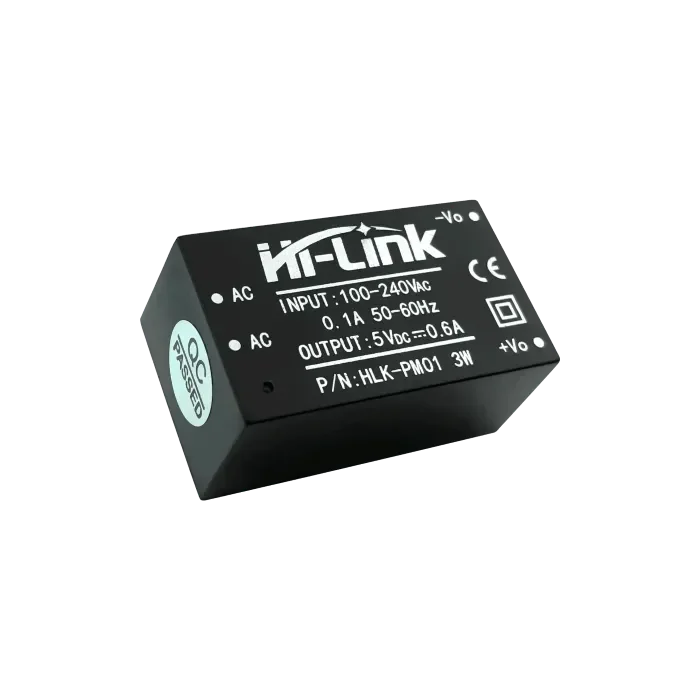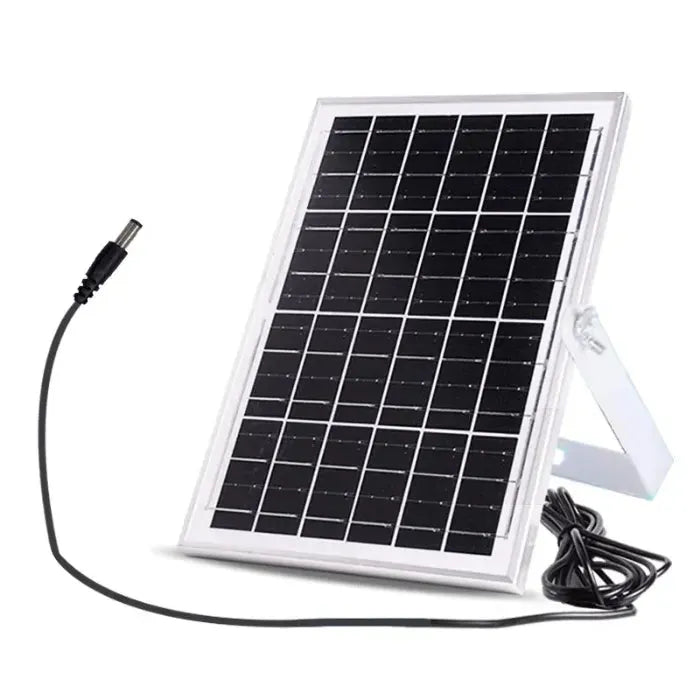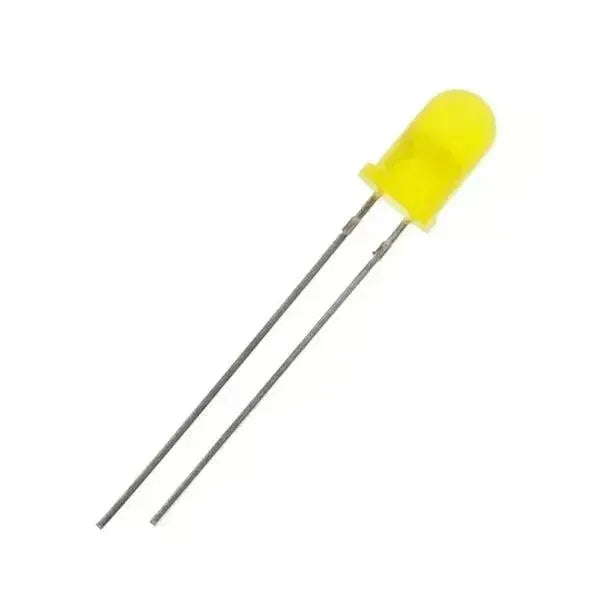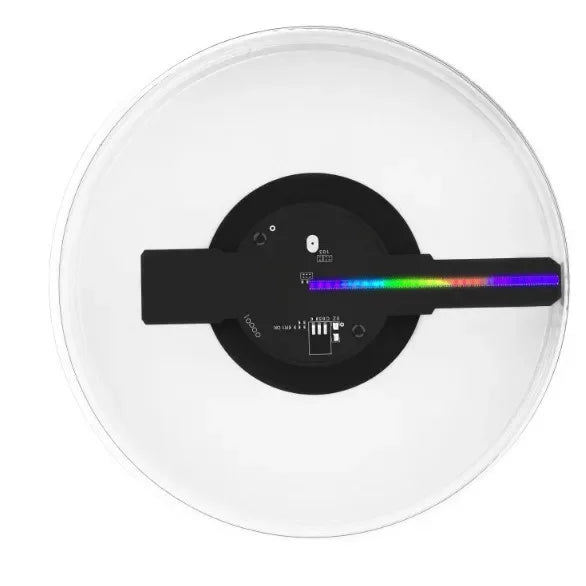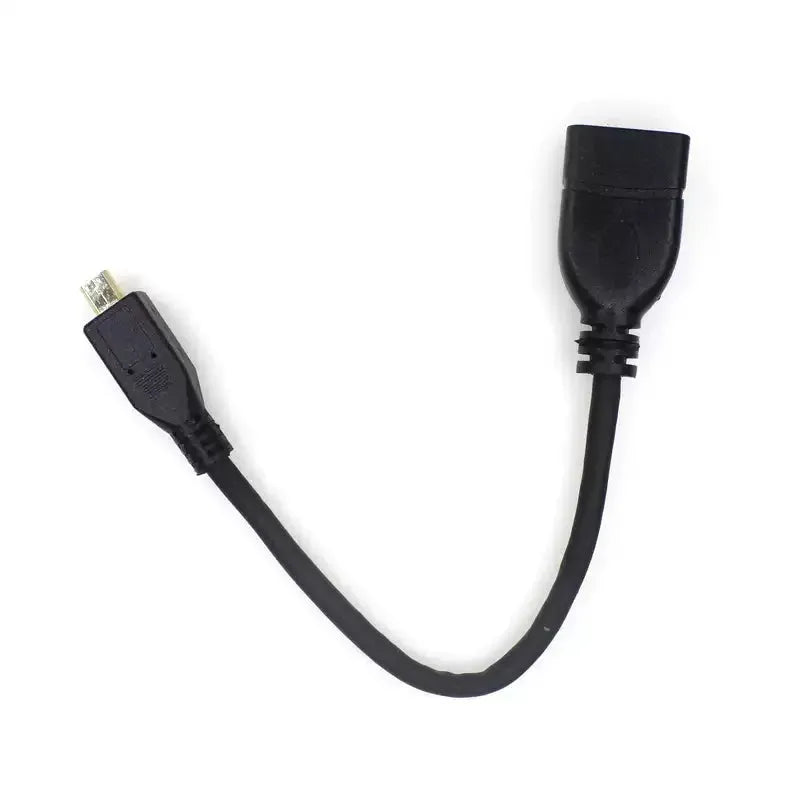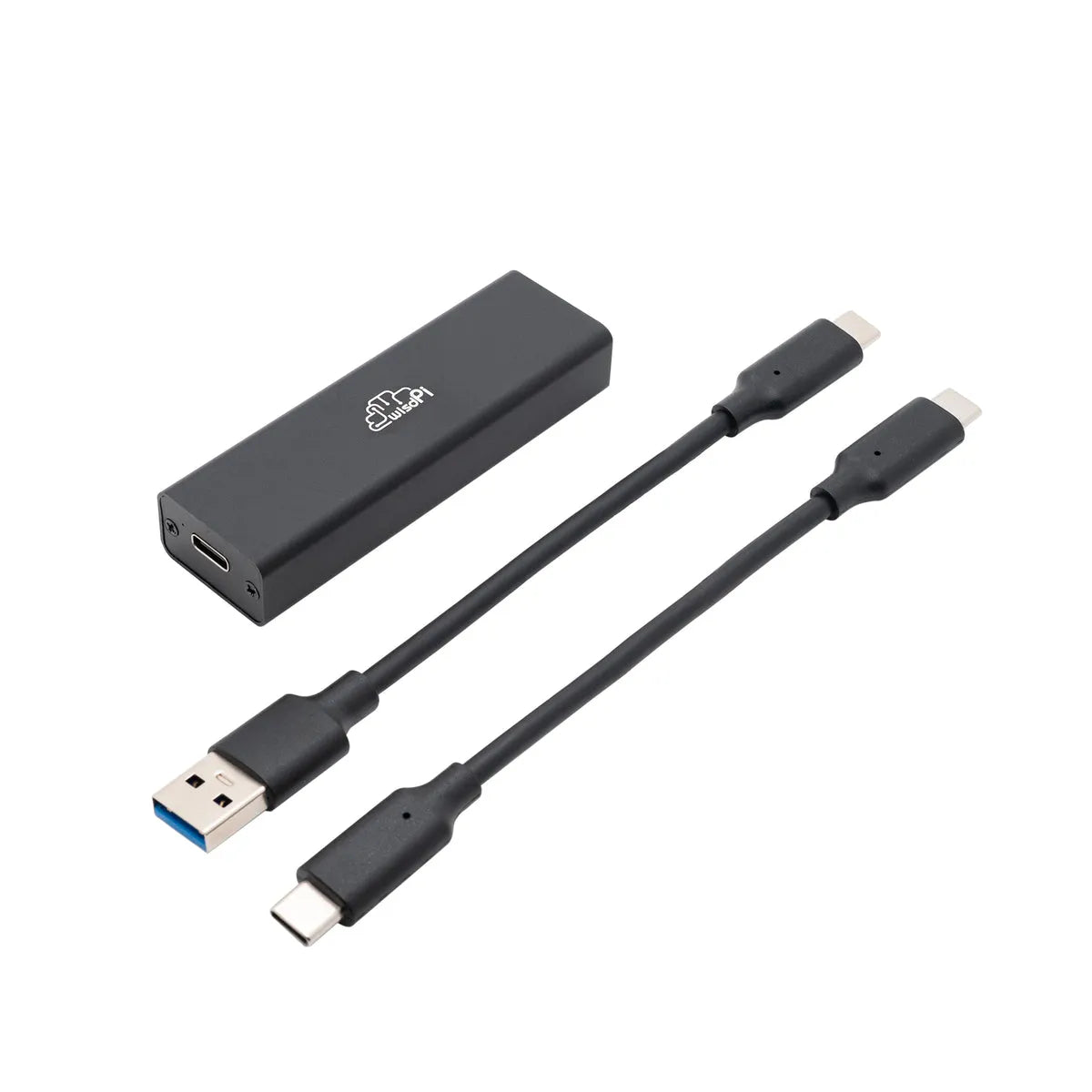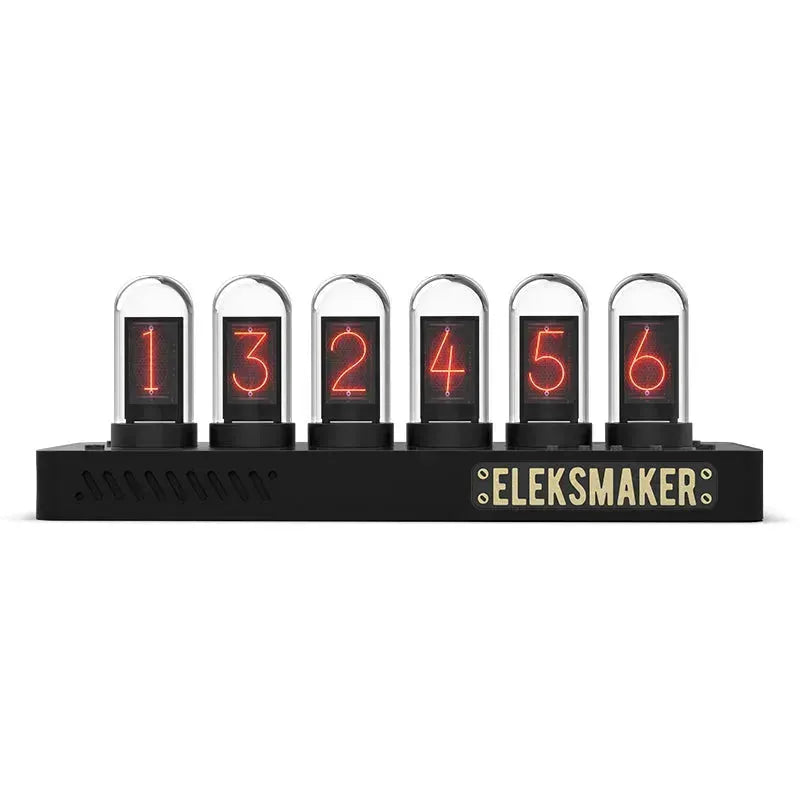Explore the Diverse World of Raspberry Pi Models
The Raspberry Pi is an amazing microcomputer developed by the Raspberry Pi Foundation, revolutionizing the world of computing and DIY electronics. Since its launch, several Raspberry Pi models have been released, each offering unique features and capabilities tailored to different projects and use cases.
In this article, we’ll break down the key differences between Raspberry Pi models and their features to help you choose the best Raspberry Pi for your project. Whether you're into IoT, robotics, home automation, or prototyping, there’s a model designed to meet your needs.

The original Raspberry Pi 1, released in 2012, marked the beginning of a new era in affordable computing. It paved the way for hobbyists, students, and professionals to explore DIY electronics and programming. The Raspberry Pi 1 came in two main variants:
1. Model A / A+
These models were designed to be cost-effective and energy-efficient, making them ideal for low-power projects:
- Processor: Single-core ARM
- RAM: 256MB (upgraded to 512MB in Model A+)
- USB Ports: One
- Ethernet: No Ethernet port
- Model A+ Improvements: Smaller form factor and lower power consumption
2. Model B / B+
The B models offered more connectivity options, making them a better fit for networked projects and applications that require more peripherals:
- USB Ports: Two (upgraded to four in Model B+)
- RAM: 512MB
- Ethernet: Yes, with 10/100 Ethernet support
- Model B+ Improvements: Enhanced power management and an optimized GPIO pin layout for easier expansion.

Released in 2015, the Raspberry Pi 2 Model B introduced major performance upgrades, making it a game-changer in the world of affordable single-board computers. With its quad-core ARM Cortex-A7 processor and 1GB of RAM, it offered significantly more power, enabling users to handle more complex tasks and run a broader range of software applications.
The form factor of the Raspberry Pi 2 Model B remained consistent with the B+ model, ensuring full compatibility with existing accessories like cases, power supplies, and HATs, making it easy for users to upgrade without needing new hardware.

The Raspberry Pi 3 series, introduced in 2016, brought a significant upgrade with built-in wireless connectivity—a major advancement for the platform. This addition made the Raspberry Pi even more suitable for IoT projects and wireless applications. The series includes the following key models:
1. Model A+
This model retained the compact form factor of the A+ series but featured several important upgrades:
- Processor: Quad-core ARM Cortex-A53
- RAM: 512MB
- Ethernet: No Ethernet port
- Wireless Connectivity: Built-in Wi-Fi and Bluetooth
The smaller design makes it ideal for low-power projects where size and energy efficiency are essential.
2. Model B / B+
The B and B+ models provided more power and expanded connectivity options, making them great for more demanding applications:
- Processor: Quad-core ARM Cortex-A53
- RAM: 1GB
- Wireless Connectivity: Built-in Wi-Fi and Bluetooth
-
B+ Model Enhancements:
- Power over Ethernet (PoE) support
- Improved power management for stable performance
These models are ideal for IoT applications, smart home projects, and scenarios where wireless connectivity is essential.

The Raspberry Pi 4 Model B, released in 2019, introduced a significant performance boost, transforming the Raspberry Pi platform into a capable desktop replacement. With a quad-core ARM Cortex-A72 processor and RAM options of 2GB, 4GB, or 8GB, it caters to various applications from DIY projects to more demanding computing tasks.
Key Features:
1. Dual 4K HDMI Output:
- Supports two 4K monitors simultaneously, making it ideal for desktop computing or media centers.
2. USB 3.0 Ports:
- Enables faster data transfer speeds compared to USB 2.0, perfect for external storage and peripherals.
3. Gigabit Ethernet:
-
Provides improved network performance for faster downloads and streaming.
4. Enhanced GPIO:
-
Offers more flexible and powerful GPIO options, expanding the possibilities for hardware interfacing and custom projects.

The Raspberry Pi 400, launched in 2020, is a unique take on the Raspberry Pi 4, integrating the computer directly into a compact keyboard. This model offers portability and ease of use, making it ideal for education, personal computing, and on-the-go projects.
Key Features:
1. All-in-One Design:
- The Raspberry Pi 400 combines a keyboard and computer, simplifying setup and reducing clutter.
2. Quad-Core ARM Cortex-A72 Processor:
- Provides powerful performance, ideal for web browsing, coding, and light office tasks.
3. Up to 4GB RAM:
- Offers smooth performance for educational software, media playback, and basic multitasking.
4. Integrated Ports and Connectivity:
- Includes USB, dual 4K HDMI, Ethernet, and GPIO pins, making it as capable as a standard Raspberry Pi 4.
5. Portable and User-Friendly:
- Perfect for students, teachers, and anyone looking for a compact, plug-and-play computer solution.

The Raspberry Pi Zero series is renowned for its ultra-compact form factor and affordable price, making it perfect for space-constrained projects and DIY electronics. This series offers several models with varying levels of performance and connectivity, suitable for hobbyists and professionals alike.
Key Models:
1. Raspberry Pi Zero
- Processor: Single-core ARM
- RAM: 512MB
- Connectivity: One mini HDMI port and two micro USB ports
- Ideal for: Minimalist projects where size and cost are critical
2. Raspberry Pi Zero W / WH
- Wireless Connectivity: Adds built-in Wi-Fi and Bluetooth for more flexibility
- Zero WH: Includes pre-soldered GPIO headers, simplifying prototyping and hardware interfacing
- Ideal for: Wireless IoT devices and rapid prototyping
3. Raspberry Pi Zero 2 W
- Processor: Quad-core ARM Cortex-A53
- Performance: Offers a significant performance boost while maintaining the same small form factor
- Wireless Connectivity: Wi-Fi and Bluetooth included
- Ideal for: More demanding IoT applications and media streaming in compact setups

The Raspberry Pi Pico, launched in 2021, is a microcontroller board built around the RP2040 chip, specifically designed for embedded applications. Unlike the traditional Raspberry Pi models, the Pico focuses on low-power, real-time applications, making it ideal for IoT, robotics, and sensor-based projects.
Key Models and Features:
1. Raspberry Pi Pico
- Processor: Dual-core ARM Cortex-M0+
- Ideal for: Real-time control applications and embedded systems
- I/O Options: GPIO, I2C, SPI, UART for flexible interfacing
2. Raspberry Pi Pico W
- Additional Connectivity: Wi-Fi, expanding its use in IoT projects
- Ideal for: Remote monitoring, wireless sensors, and automation
3. Raspberry Pi Pico 2
- Enhanced Version: Offers more features and connectivity options, increasing versatility
- Ideal for: More advanced embedded projects and applications requiring multiple interfaces

Compute Modules: Industrial Applications
The Raspberry Pi Compute Modules are tailored for industrial and embedded applications, providing greater flexibility in terms of memory and storage options. These modules are designed for integration into custom hardware, allowing businesses and developers to create specialized solutions using Raspberry Pi’s architecture.
- CM3, CM3+: Based on the Raspberry Pi 3 architecture, these modules offer various RAM and storage configurations.
- CM4: Based on the Raspberry Pi 4 architecture, offering even more options for customization and integration into industrial systems.
| Model | Processor | RAM Options | Connectivity | USB Ports | HDMI Ports | Special Features |
| Raspberry Pi 1 | Single-core ARM | 256MB/512MB | Ethernet (Model B/B+), No Wi-Fi | 1月4日 | 1 | Low power consumption |
| Raspberry Pi 2 | Quad-core ARM Cortex-A7 | 1GB | Ethernet, No Wi-Fi | 4 | 1 | Improved performance |
| Raspberry Pi 3 | Quad-core ARM Cortex-A53 | 512MB/1GB | Ethernet (Model B/B+), Wi-Fi, Bluetooth | 1月4日 | 1 | Built-in wireless connectivity |
| Raspberry Pi 4 | Quad-core ARM Cortex-A72 | 2GB/4GB/8GB | Gigabit Ethernet, Wi-Fi, Bluetooth | 4 (2x USB 3.0, 2x USB 2.0) | 2 (4K) | Dual 4K HDMI, USB 3.0 |
| Raspberry Pi 400 | Quad-core ARM Cortex-A72 | 4GB | Gigabit Ethernet, Wi-Fi, Bluetooth | 3 | 1 (4K) | Integrated keyboard |
| Raspberry Pi Zero | Single-core ARM | 512MB | No Ethernet, Wi-Fi (Zero W/WH), Bluetooth (Zero W/WH) | 1 | 1 (mini) | Ultra-small form factor |
| Raspberry Pi Zero 2 W | Quad-core ARM Cortex-A53 | 512MB | No Ethernet, Wi-Fi, Bluetooth | 1 | 1 (mini) | Improved performance, small size |
| Raspberry Pi Pico | Dual-core ARM Cortex-M0+ | 264KB SRAM | No Ethernet, No Wi-Fi (Pico W adds Wi-Fi) | 0 | 0 | Microcontroller, flexible I/O |
| Compute Module 3/3+/4 | Varies (based on Pi 3/4) | Varies | Customizable (depends on carrier board) | Varies | Varies | Industrial applications |
Choosing the Right Raspberry Pi
When selecting a Raspberry Pi model, it’s essential to consider the specific requirements of your project. With a variety of models available, each suited for different use cases, the Raspberry Pi ecosystem offers solutions for everything from simple DIY electronics to industrial automation.
Which Raspberry Pi Model Should You Choose?
-
For Simple DIY Projects or Learning to Code:
- Raspberry Pi Zero or Raspberry Pi Pico are ideal for small-scale projects, beginners, and coding practice. Their low cost and compact design make them excellent for embedded systems and portable projects.
-
For Media Centers or Desktop Use:
- The Raspberry Pi 4 or Raspberry Pi 400 provide higher performance and advanced connectivity options, making them suitable for running a desktop environment or a 4K media center.
-
For Industrial and Embedded Applications:
- Compute Modules (CM3, CM4) offer customization and integration capabilities, perfect for industrial automation and IoT systems that require tailored solutions.
The Raspberry Pi ecosystem continues to expand, providing a versatile range of models for diverse applications. From home automation to robotics and education, the Raspberry Pi platform empowers makers, students, and businesses to create innovative projects that push boundaries.

